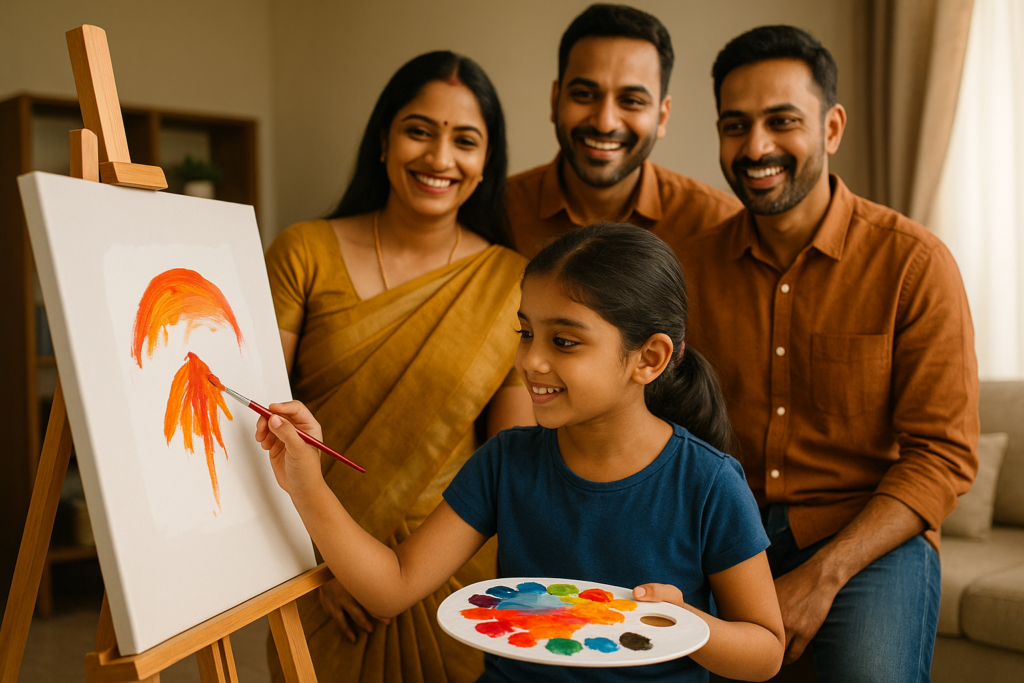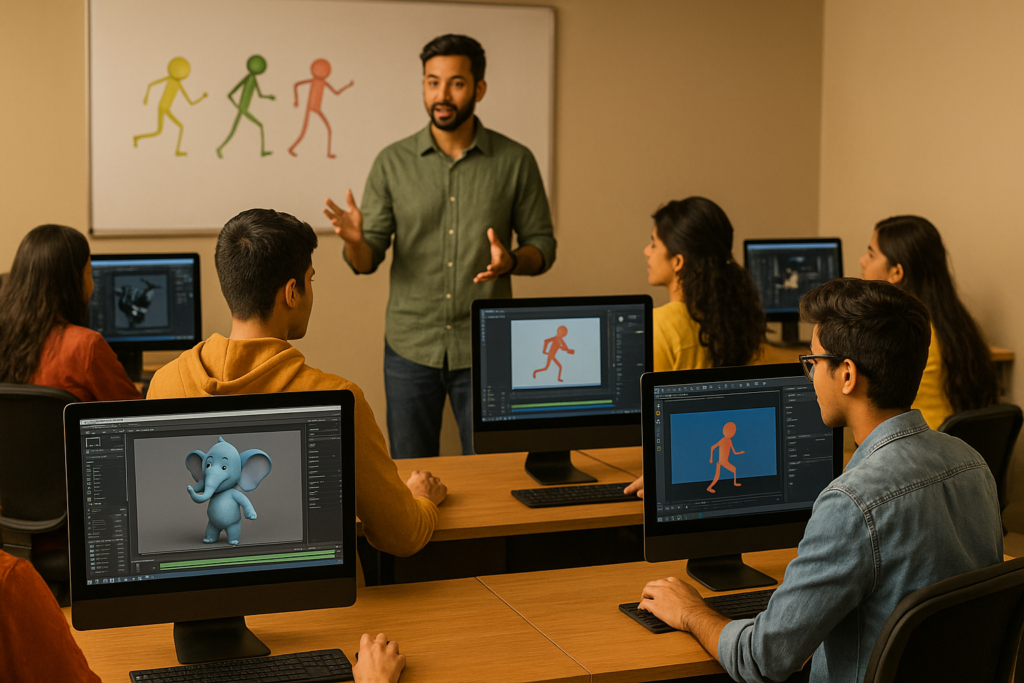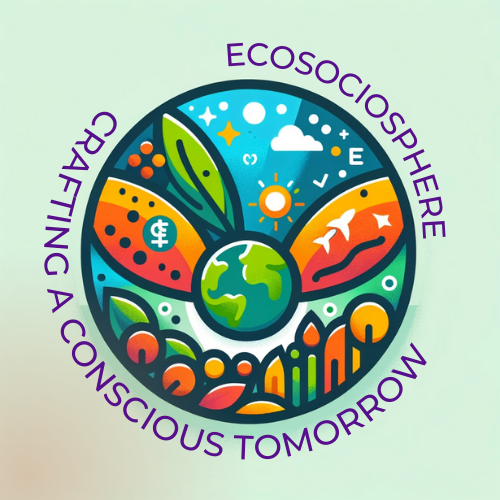Fun fact: India produces the highest number of films in the world each year, yet for decades, “artist” remained a euphemism for “unemployed” in many Indian homes.
For years, Indian parents asked their children a version of the same question: “Arts leke kya karega?” (“What will you do with Arts?”) The Arts stream—be it humanities, fine arts, or performing arts—was long considered the last resort. If you weren’t “good enough” for Science or “practical enough” for Commerce, you “ended up” in Arts.
But something has changed.
A quiet revolution is underway, and it’s happening in the living rooms of Indian homes. The Arts are no longer a default backup plan—they’re being seen as a legitimate, even aspirational, choice. From filmmaking to philosophy, design to dance, Indian youth are choosing creativity over convention. And for once, families are listening.
The Old Narrative: “Beta, Science Lo. Safe Hai.”
Indian education has traditionally followed a rigid hierarchy. Science was the crown jewel, Commerce was the pragmatic middle ground, and Arts was… well, the rest.
The pressure to choose Science or Engineering was often less about passion and more about prestige and perceived stability. Arts careers were dismissed as “risky,” “unreliable,” or “timepass.”
Ask any Arts student from the early 2000s, and they’ll tell you about the awkward family dinners, the “log kya kahenge” syndrome, or being compared to Sharma Ji’s IIT-bound son.
But today’s students—and their parents—are questioning this hierarchy.

The Shift: What Changed?
Visibility of Creative Success
The rise of the digital age has democratized creativity. Artists no longer need to “make it big” in Bollywood or write a bestseller to be visible. Instagram poets, YouTube musicians, graphic designers, indie filmmakers, and podcast hosts are proving that success in the arts can be visible, viable, and viral.
Take Bhuvan Bam, who started as a YouTuber and now runs a full-fledged entertainment channel, BB Ki Vines. Or Ankur Warikoo, who combined entrepreneurship with motivational storytelling and became a household name online.
These aren’t outliers anymore—they’re blueprints.
The Startup & Creator Economy
India’s booming startup scene has redefined what success looks like. Creatives are now founding design studios, art-based therapy centres, and online courses. Platforms like Skillshare and Unacademy (an Indian educational technology company offering online classes) have given artists tools to monetise their skills directly.
The rise of the “creator economy” means an artist can be an entrepreneur, an influencer, and a changemaker—all in one.
Mental Health and Passion Over Pressure
Millennials and Gen Z have started prioritising mental health and job satisfaction over paychecks and status. Careers in the arts are seen not only as creative outlets but as mental wellness buffers.
Parents are beginning to acknowledge that burnout from a job you hate isn’t worth a six-figure salary. The question is slowly shifting from “What will people say?” to “Will you be happy doing this for life?”
Educational Reforms and Flexibility
The National Education Policy (NEP) 2020 introduced interdisciplinary learning, allowing students to blend science with arts or commerce with music. This flexibility is helping break down traditional academic silos and opening doors for unconventional career paths.
Suddenly, a student interested in psychology and film can do both—without being labelled as “confused.”
Real Stories, Real Change
The Architect Who Painted Her Way to Paris
Meenal Jain, 26, was halfway through her architecture degree when she realised her heart was in painting. With the support of her mother (a teacher) and a reluctant but loving father, she switched to fine arts and is now studying in Paris on a scholarship.
“My dad said, ‘At least you’re not becoming a DJ!’” she laughs. “Now he proudly shares my exhibitions on WhatsApp.”
The Musician from Bihar
Amit Raj, a classical tabla player from Patna, used to perform only during family pujas. But after uploading a few clips online, he was invited to collaborate with a fusion band in Mumbai. Today, he teaches online classes and has an international student base.
His family? “They used to ask when I’d get a government job. Now they ask how much I made on PayPal this week.”

Why Indian Families Are Rethinking the Arts
Exposure – With travel, OTT (Over-the-Top) platforms like Netflix, and social media, families are exposed to global arts and artists.
Economic Opportunity – Design, media, advertising, UX (User Experience), writing, and content creation are high-growth sectors.
Societal Validation – Public respect for artists, journalists, writers, and designers has grown, especially post-pandemic.
Community Support – More parents are finding like-minded families who also support their children’s creative journeys.
But There’s Still Work to Be Done
While change is in the air, the Arts still face an uphill battle:
- Funding for government arts institutions remains low.
- Many schools still treat Arts classes as optional or “free periods.”
- Social acceptance in rural or conservative households remains limited.
- The fear of “financial instability” still looms large in lower-income groups.
We’re not at the finish line yet. But we’re miles ahead of where we were.
The Way Forward: From Backup to First Choice
If India is to become a true knowledge and innovation powerhouse, we can’t afford to sideline the Arts. Creativity isn’t a luxury—it’s a necessity. It’s what helps us tell our stories, question the world, and imagine better futures.
We must:
- Celebrate Artistic Role Models in schools and media.
- Encourage Arts Infrastructure in rural and urban areas.
- Include Parents in the Conversation, not just students.
- Push Policy Change to ensure arts education is given equal weight.
Conclusion: Choose Passion, Not Permission
Let’s stop treating the Arts as a “fallback plan.” Let’s stop asking artists to justify their existence.
Today’s youth don’t want to just “get a job.” They want to make something. And more and more Indian families are starting to understand that creating something beautiful, meaningful, or moving is just as valid as curing a disease or coding an app.
The real success is not just getting a degree. It’s building a life that feels like your own.
Author’s Note
I grew up hearing that Arts was for the “less intelligent.” And yet, the most brilliant people I’ve met are poets, dancers, filmmakers, and designers. This blog is a salute to everyone who chose the road less travelled—and to every parent who walked it with them.
G.C., Ecosociosphere contributor.




